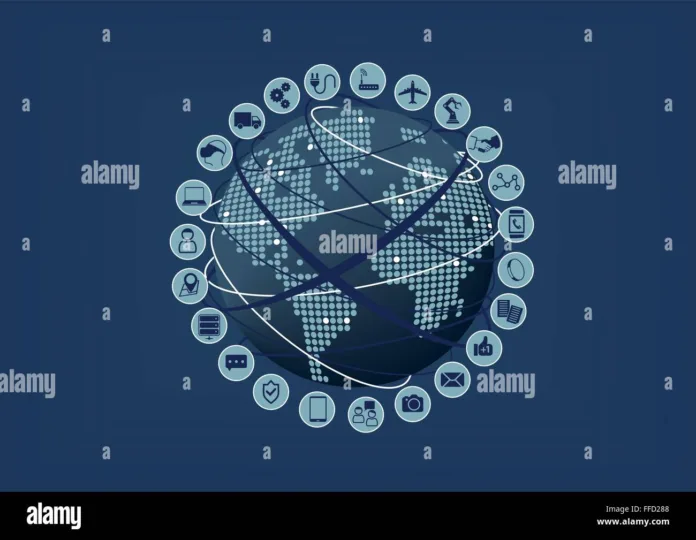
The Internet of Things (IoT) is one of the most transformative innovations of the digital age. Within just a few years, it has redefined how we interact with everyday objects—from refrigerators and light bulbs to manufacturing machinery and urban infrastructure. At its core, the Internet of Things (IoT) is about smart devices that talk to each other, sharing data and automating tasks with little to no human intervention. This connectivity is powering everything from smart homes to smart cities, revolutionizing the way we live, work, and manage resources.
What Is the Internet of Things (IoT)?
The Internet of Things (IoT) refers to a network of connected devices embedded with sensors, software, and other technologies that enable them to collect and exchange data with other devices and systems over the internet. These IoT devices can range from consumer gadgets like smart thermostats to industrial machines that monitor production efficiency.
Whether it’s your smartwatch tracking your health metrics or a factory sensor detecting equipment failure, the Internet of Things enables a higher level of intelligence, automation, and convenience.
How Smart Devices Communicate
Smart devices in the IoT ecosystem use various communication protocols such as Wi-Fi, Bluetooth, Zigbee, and cellular networks to stay connected. Once linked, these devices collect and transmit data to cloud platforms, where it’s processed, analyzed, and sometimes acted upon without requiring user input.
For example:
A smart thermostat can learn your habits and adjust room temperature accordingly.
Smart lighting systems can turn lights on or off based on occupancy.
Industrial IoT equipment can detect anomalies and trigger maintenance alerts to prevent downtime.
Smart Home Technology: IoT at the Consumer Level
One of the most visible applications of the Internet of Things is in smart home technology. Devices like voice assistants, smart TVs, doorbell cameras, and connected kitchen appliances have made it easier than ever to manage our daily lives with voice commands or mobile apps.
These devices provide:
Enhanced home security
Improved energy efficiency
Remote monitoring and control
Seamless inter-device communication
As IoT adoption grows, smart homes are quickly becoming standard in urban environments.
Industrial IoT (IIoT): Boosting Efficiency at Scale
The industrial IoT is revolutionizing manufacturing, logistics, agriculture, and energy sectors by enabling real-time monitoring, predictive maintenance, and data-driven decision-making. Smart sensors track equipment performance, detect faults, and alert operators before a failure occurs—saving time and money.
Key benefits include:
Increased operational efficiency
Reduced downtime
Lower maintenance costs
Enhanced supply chain visibility
In agriculture, for instance, IoT-based irrigation systems optimize water use by analyzing soil moisture levels and weather data.
Challenges of IoT Implementation
Despite its many advantages, the Internet of Things also brings several challenges:
Data privacy and security: More devices mean more entry points for cyberattacks.
Interoperability: Devices from different manufacturers may struggle to work together.
Bandwidth and storage: Huge volumes of data require robust infrastructure.
To address these, companies are investing in secure cloud storage, standardized protocols, and advanced encryption methods.
The Future of the Internet of Things
Looking ahead, the IoT landscape is set to evolve rapidly with technologies like:
5G networks for faster and more reliable connectivity
Edge computing for real-time data processing closer to the source
AI integration to enhance automation and learning capabilities
This next phase will deepen IoT’s impact on sectors like healthcare, transportation, retail, and urban planning, pushing us toward fully connected ecosystems.
Conclusion
The Internet of Things (IoT) is not just a buzzword—it’s a technological revolution that’s redefining connectivity. With smart devices becoming more intelligent, integrated, and accessible, IoT is enhancing how we live, work, and interact with the world. Whether through smart homes, industrial IoT solutions, or wearable tech, this ever-growing network of connected devices is driving efficiency, safety, and convenience like never before.